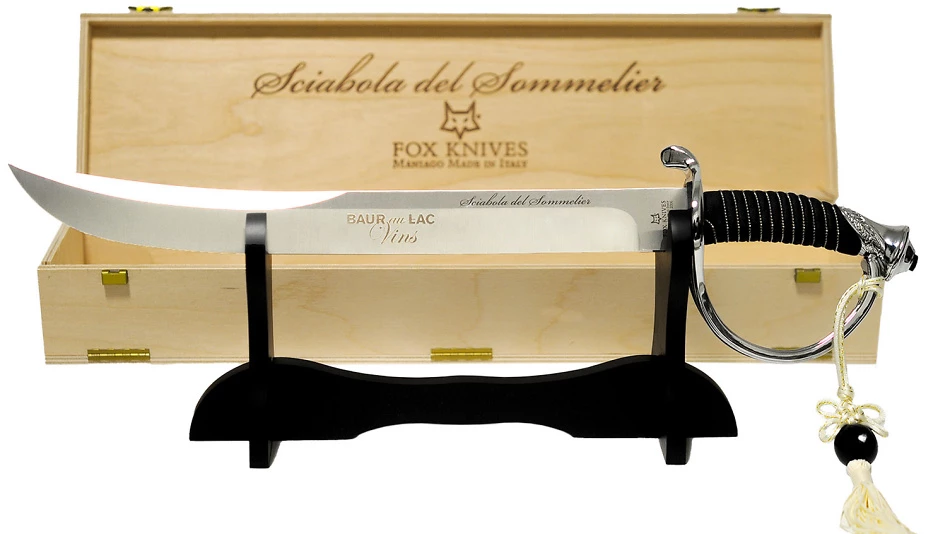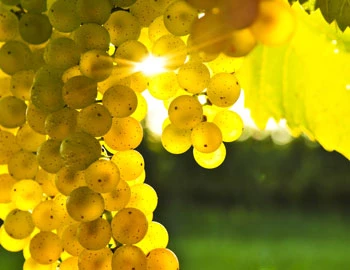Nyetimber brut Blanc de Blancs 2015
Sussex, English Sparkling Wine, 750 ml

| Grape variety: | Chardonnay |
| Producer: | Nyetimber |
| Origin: | United Kingdom / West Sussex |
| Other vintages: |
Description
Crafted from a single vintage and given extended time on lees, this pure expression of chardonnay was the first style ever produced at Nyetimber and marked the start of their pioneering journey in the early 1990s. This English vintage sparkling wine excudes scents of citrus and honeysuckle that lead into subtle brioche and vanilla characters. The palate offers generous yet elegant notes of baked lemon and white peach with the warmth of the vintage shining through. Subtle mineral notes accentuate the fresh, crisp acidity, leading to a long and complex finish.
Celebrate the Art of Sabring!

With its elegant design, this champagne sabre is not only an impressive eye-catcher at any celebration and an indispensable tool for stylish sabering, but also the perfect gift for all passionate sparkling wine lovers.
Attributes
| Origin: | United Kingdom / West Sussex |
| Grape variety: | Chardonnay |
| Label: | Vegan |
| Ripening potential: | 10 to 12 years |
| Drinking temperature: | 10 to 12 °C |
| Vinification: | fermentation in steel tank, bottle fermentation |
| Harvest: | hand-picking, in small boxes |
| Maturation: | long cultivation, on the yeast |
| Maturation duration: | 72 months |
| Volume: | 12.0 % |
| Note: | Contains sulphites |
Nyetimber
For the last quarter-century, England has played a very special role in the world of wines – an exotic in moist and chilly northern Europe.
When you think of England you might think of umbrellas, charm, and bowler hats. Specifically umbrellas, since British weather is famously rainy. Few people know that winegrowing in England is historically documented back to the 7th century. Thanks to the Gulf Stream, the climate is mild enough for certain types of grapes to grow and fully ripen. The change in climate during recent decades has brought some advantages to English winemakers, improving growth conditions and encouraging many to try their luck at winegrowing.

Chardonnay
King or beggar?
Hardly any variety of vine shows such a broad spectrum of quality as the Chardonnay. Its wines range from faceless neutrality to breath-taking class. It is an extremely low-maintenance vine, which explains why it is grown around the world – even in places where it probably should not be. The aromas of the Chardonnay variety are not very pronounced: a bit of green apple, a little hazelnut; in warmer latitudes, also melon and exotic fruits. The wines are often defined by maturing in casks. They develop more or less subtle notes of butter, toasted bread and vanilla. The grapes achieve their highest expression in their region of origin, Burgundy. Its heart beats in the Côte de Beaune: one might think of the plant growth of Meursault or Puligny-Montrachet. With their finesse and complexity, they can survive for decades. Chardonnay also achieves first class in some Blanc-de-Blancs champagnes. It additionally yields great wines in the Burgundian Chablis, and increasingly in Australia and Chile. A simple rule of thumb for pairing with food: When butter and cream are involved, you cannot go wrong with Chardonnay.



